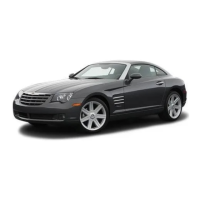
Do you have a question about the Chrysler 2004 Crossfire and is the answer not in the manual?
| Brand | Chrysler |
|---|---|
| Model | 2004 Crossfire |
| Category | Automobile |
| Language | English |
Guide to navigating the manual using table of contents and index.
Manual contains warnings about procedures that could cause injury or damage.
Information on key usage, duplication, and security.
Explains how to lock and unlock vehicle doors manually and with remote.
Importance and use of seat belts, airbags, and child restraints.
Explanation of the vehicle's airbag system, including frontal and side airbags.
Overview of features and controls located in the vehicle's console.
Information on inside and outside mirrors, including auto-dimming features.
Information about seat adjustments.
Details on the driver's eight-way power seat adjustment controls.
Overview of exterior lighting functions and controls.
Operation of turn signals and other controls on the lever.
Adjusting the steering column's position and locking mechanism.
How the TPM system monitors tire pressure and its indicator light.
How BAS enhances braking capability during emergency maneuvers.
How ESP enhances directional control and reduces wheel spin.
Operation of the cruise control system.
Steps and precautions for starting the vehicle's engine.
How the automatic transmission selects gears and its control features.
Operation and importance of the parking brake.
How ABS improves stability and performance during braking.
Information on tire safety, economy, and ride comfort.
Recommended fuel types, octane ratings, and additives for optimal engine performance.
Actions to take if the engine overheats to prevent damage.
Procedures for using the TIREFIT system and jacking up the vehicle.
Step-by-step guide for safely jump-starting a vehicle battery.
Recommendations and precautions for towing a disabled vehicle.
Explanation of the OBD II system and the CHECK ENGINE light.
How to check and maintain engine oil level for proper lubrication.
Warnings and checks related to the cooling system.
Recommended fluids, lubricants, and parts for engine maintenance.
Specific fluid and lubricant recommendations for the engine.
Purpose of the maintenance guide and vehicle safety.
Overview of Schedule A and Schedule B maintenance.
Explanation of the Flexible Service System (FSS) for monitoring maintenance needs.
Procedures and recommendations for oil and filter changes.
Tips for getting effective service for your vehicle.
Information on vehicle warranty coverage and transfer.
How to report safety defects to NHTSA and Transport Canada.
Explanation of DOT tire grading categories (Treadwear, Traction, Temperature).

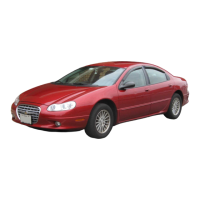
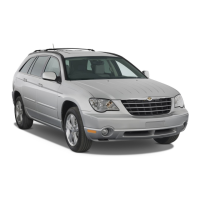

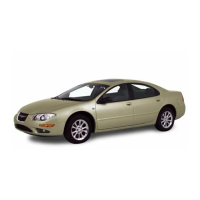
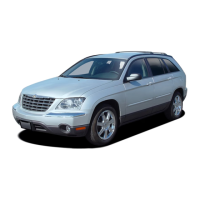
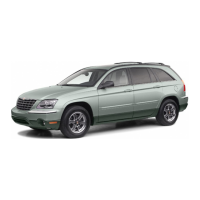
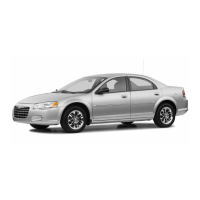
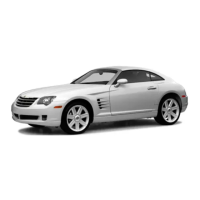
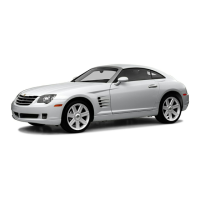
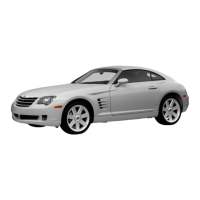

